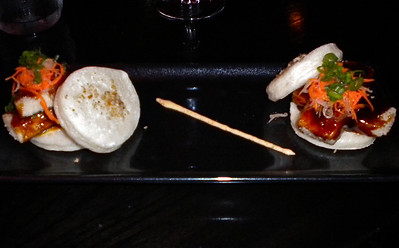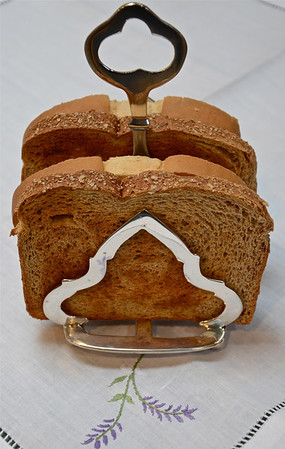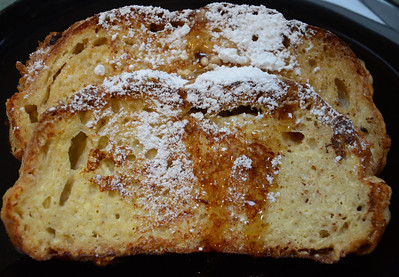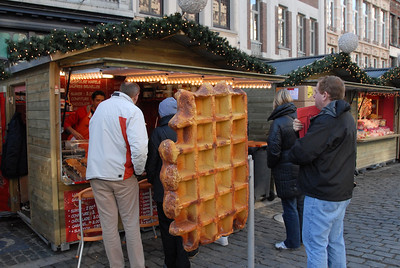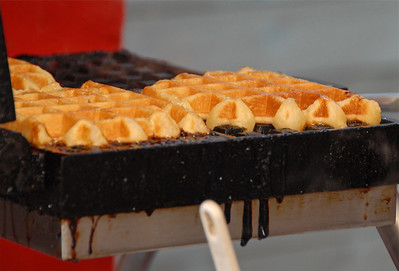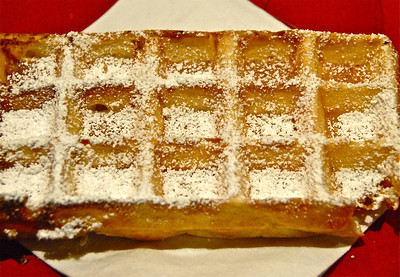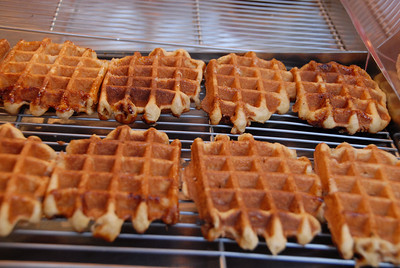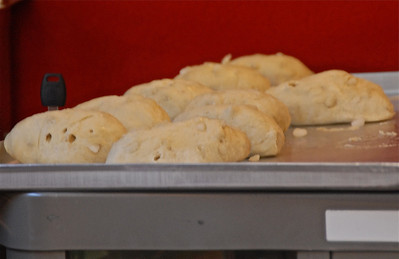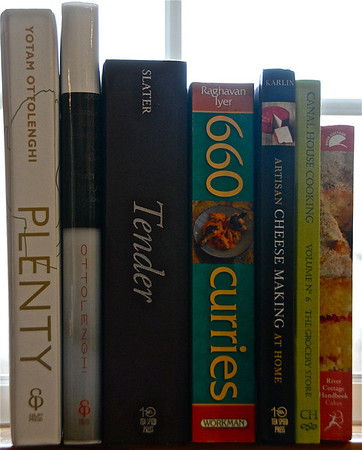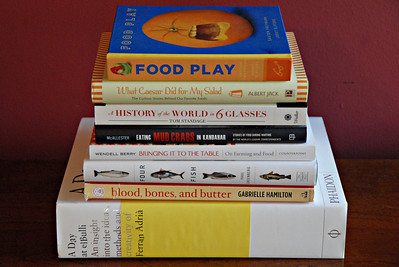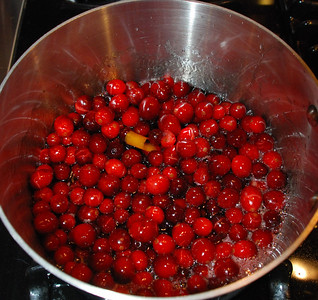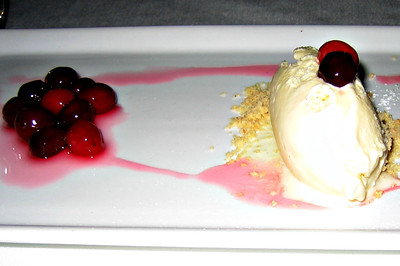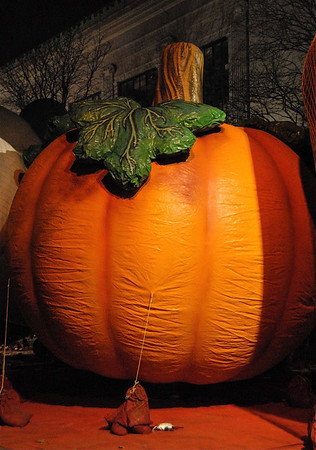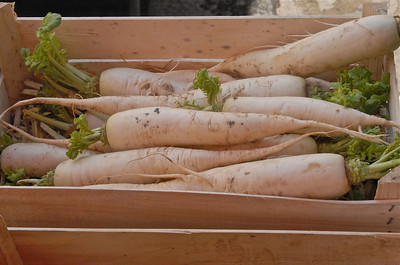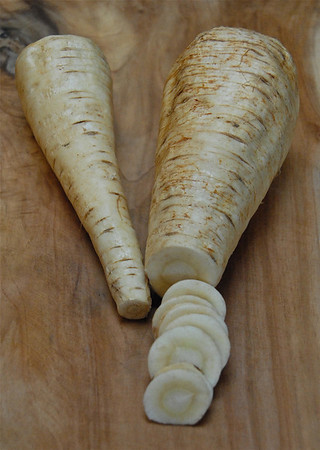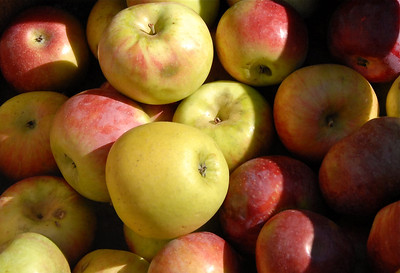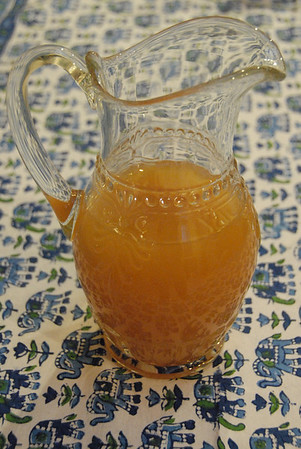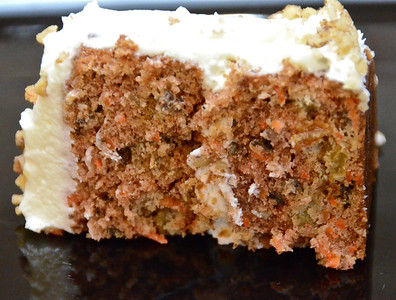
Over the past 18 months I’ve been writing, cooking and thinking quite a bit about seafood. At this point our cats worship me, my husband and friends avoid me, and my fishmongers know me by first name. Because I’ve been so fish-focused, I’d like to take a break from all-things-protein-rich and savory and talk about carrot cake.
Carrot cake seems to be one of the most divisive desserts out there. If you love it, you love a specific type—soft and sweet or firm and spicy, laced with crushed pineapple or pineapple-free, walnut-studded or raisin-dotted, frosted with cream cheese or butter cream . . .. The list goes on. If you hate it, you loathe everything about it but you especially abhor the carrots. As a diehard c-cake hater once said, ‘No matter how sugary a root vegetable may be, it’s still a vegetable. It should not be in a cake.’
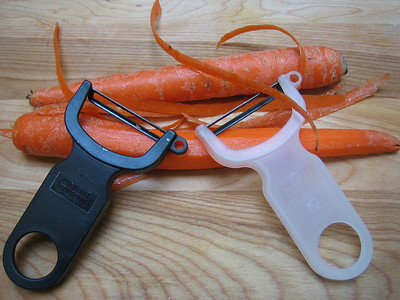
Fortunately, my husband is carrot cake fan and not a terribly finicky one at that. Over the years he’s happily endured my attempts to create the perfect blend of moistness, sweetness and spiciness, in other words the perfect carrot cake. I’m not alone in my quest for perfection. Ever since it debuted on the American culinary scene, bakers have been crafting their own versions of the ideal carrot cake.
Although rumored to have originated America, this dessert most likely got its start in medieval England. At that time honeyed root vegetables, such as carrots, parsnips and beets, both sweetened and added color to cakes and puddings. Once sugar became commonplace, vegetables-as-sweeteners were deemed passé. However, when sugar became scarce during WWII, these veggie-enhanced treats came back into fashion.
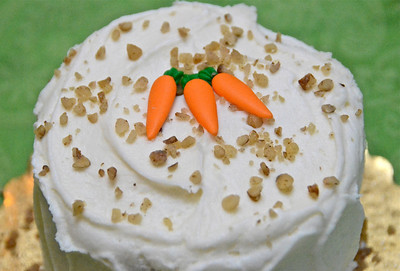
By the 1960’s American bakers had developed a taste for incorporating grated or pureed carrots into their sweets. After tinkering with existing recipes, they came up with what we now know generically as carrot cake. Beyond the presence of carrots, brown sugar, flour and eggs, these cakes shared in common a creamy, vanilla frosting, one that perseveres, in some form or other, to this day.
While my carrot cake preference varies from day to day, I’ll share one of my spiced takes. Dense and aromatic, this cake goes nicely with a sweetened cream cheese frosting. The recipe for the latter is taken from Rombauer et al’s The Joy of Cooking (Scribner, 1997).
SPICED CARROT CAKE
Serves 6 to 8
for the cake:
1 1/3 cups unbleached all-purpose flour
2 teaspoons baking powder
1/4 teaspoon salt
1 teaspoon ground cinnamon
1/2 teaspoon ground nutmeg
1/2 teaspoon ground cloves
1/2 cup firmly packed muscovado (dark brown) sugar
1/2 cup firmly packed light brown sugar
1/3 cup canola oil
1/3 cup applesauce
2 large eggs
2 1/2 cups grated carrots
2/3 cup finely chopped walnuts
for The Joy of Cooking cream cheese frosting:
1 (8-ounce) package of cream cheese, chilled
5 tablespoons unsalted butter, at room temperature
2 cups confectioner’s sugar, plus more if needed
2 teaspoons vanilla extract
Preheat the oven to 350 degrees Fahrenheit. Grease and line the bottom of a round, 8″, springform pan with parchment paper.
In large bowl sift together the flour, baking powder, salt, cinnamon, nutmeg and cloves. Set aside.
Using an electric mixer, beat together the sugars, canola oil, applesauce and eggs until well-combined. On low speed, fold in the grated carrots and walnuts. Once the ingredients are incorporated, fold in the flour.
Spoon the batter into the greased baking pan and smooth out the top. Bake for 40 minutes or until a toothpick inserted in the center comes out clean. Remove and allow to cool on a wire rack for 10 minutes before removing from the springform pan. Allow the cake to cool completely before icing.
To make the icing, place the cream cheese, butter, confectioner’s sugar and vanilla in the bowl of a food processor. Pulse until smooth and creamy. Spread the frosting over the top and sides of the cake.

